Catalinbread Dirty Little Secret Guitar Overdrive Pedal User manual
- Type
- User manual
This manual is also suitable for
Catalinbread Dirty Little Secret Guitar Overdrive Pedal is a versatile pedal that can help you achieve a range of classic Marshall amplifier tones, from the crunchy sounds of a Super Lead to the warmer, smoother tones of a Super Bass.
With its three-band EQ and two distinct voicings, the Dirty Little Secret gives you a lot of control over your sound. The Super Lead mode is perfect for getting those classic rock tones, with plenty of gain and sustain. The Super Bass mode is great for getting those warm, bluesy tones, with a more laid-back feel.
The Dirty Little Secret is also a great pedal for using with other pedals. It can be used to push your amp into overdrive, or it can be used as a standalone overdrive pedal. It also sounds great with fuzz pedals, giving you a huge, thick sound.
Catalinbread Dirty Little Secret Guitar Overdrive Pedal is a versatile pedal that can help you achieve a range of classic Marshall amplifier tones, from the crunchy sounds of a Super Lead to the warmer, smoother tones of a Super Bass.
With its three-band EQ and two distinct voicings, the Dirty Little Secret gives you a lot of control over your sound. The Super Lead mode is perfect for getting those classic rock tones, with plenty of gain and sustain. The Super Bass mode is great for getting those warm, bluesy tones, with a more laid-back feel.
The Dirty Little Secret is also a great pedal for using with other pedals. It can be used to push your amp into overdrive, or it can be used as a standalone overdrive pedal. It also sounds great with fuzz pedals, giving you a huge, thick sound.








-
 1
1
-
 2
2
-
 3
3
-
 4
4
-
 5
5
-
 6
6
-
 7
7
-
 8
8
Catalinbread Dirty Little Secret Guitar Overdrive Pedal User manual
- Type
- User manual
- This manual is also suitable for
Catalinbread Dirty Little Secret Guitar Overdrive Pedal is a versatile pedal that can help you achieve a range of classic Marshall amplifier tones, from the crunchy sounds of a Super Lead to the warmer, smoother tones of a Super Bass.
With its three-band EQ and two distinct voicings, the Dirty Little Secret gives you a lot of control over your sound. The Super Lead mode is perfect for getting those classic rock tones, with plenty of gain and sustain. The Super Bass mode is great for getting those warm, bluesy tones, with a more laid-back feel.
The Dirty Little Secret is also a great pedal for using with other pedals. It can be used to push your amp into overdrive, or it can be used as a standalone overdrive pedal. It also sounds great with fuzz pedals, giving you a huge, thick sound.
Ask a question and I''ll find the answer in the document
Finding information in a document is now easier with AI
Related papers
Other documents
-
Axiom OP-1 Analog Overdrive Preamp Pedal User manual
-
Axiom Fuzz cFP-1 User manual
-
TC Electronic MOJOMOJO OVERDRIVE User manual
-
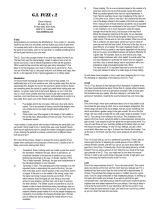 MI-Audio G.I. FUZZ Owner's manual
MI-Audio G.I. FUZZ Owner's manual
-
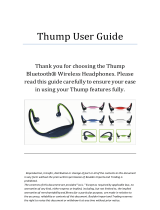 Qak Thump Z-W88 User manual
Qak Thump Z-W88 User manual
-
Hughes & Kettner ZenAmp User manual
-
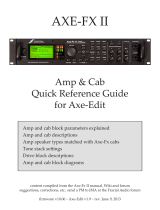 Fractal AXE-FX II Quick Reference Manual
Fractal AXE-FX II Quick Reference Manual
-
DigiTech DOD-LOOKINGGLASS-U Owner's manual
-
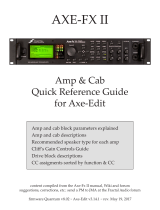 Fractal Audio AXE-FX II Quick Reference Manual
Fractal Audio AXE-FX II Quick Reference Manual
-
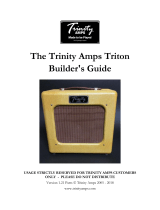 Trinity Amps Triton Builder's Manual
Trinity Amps Triton Builder's Manual














